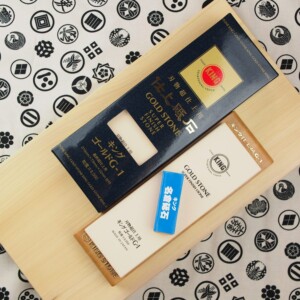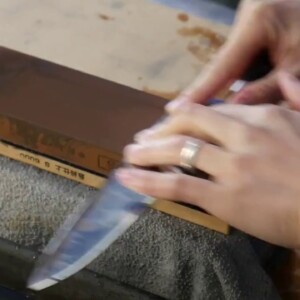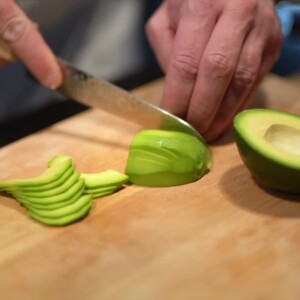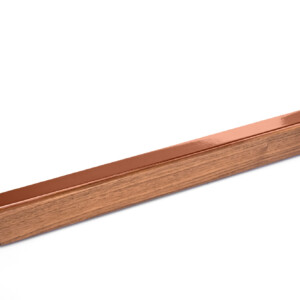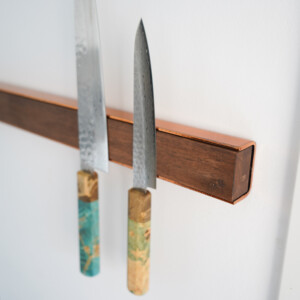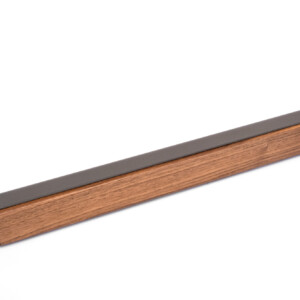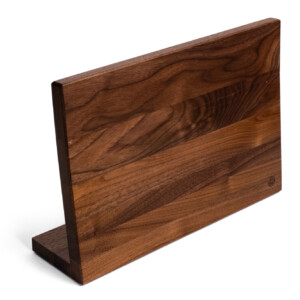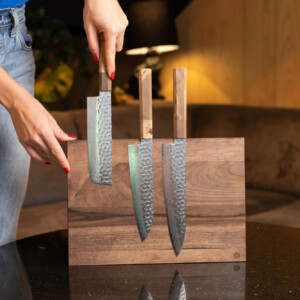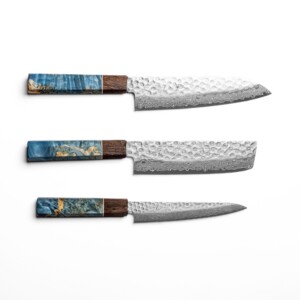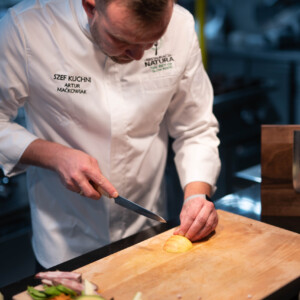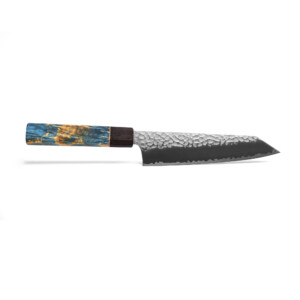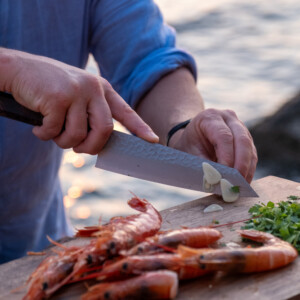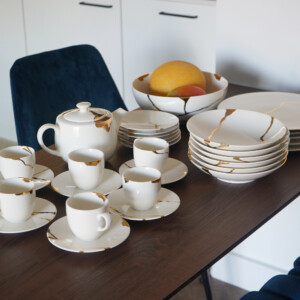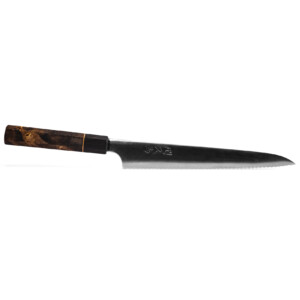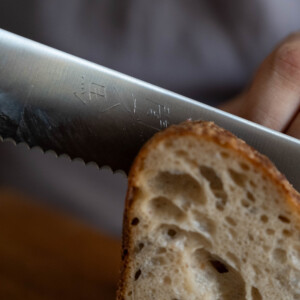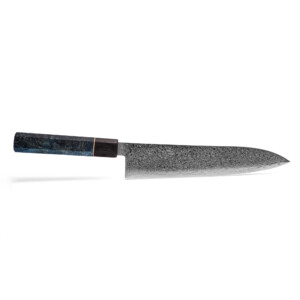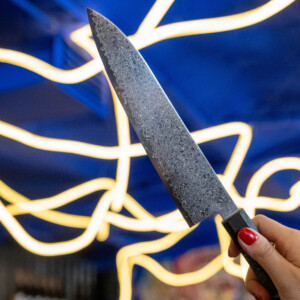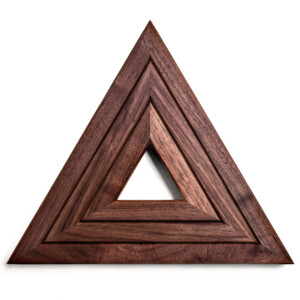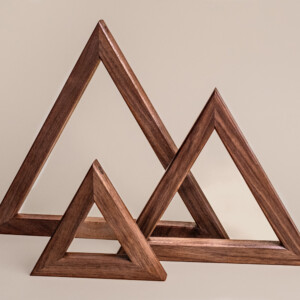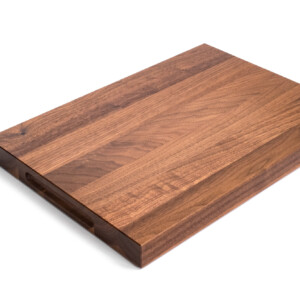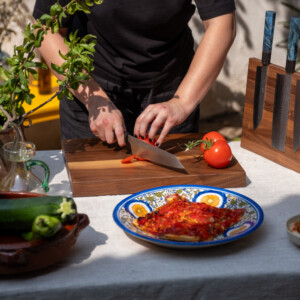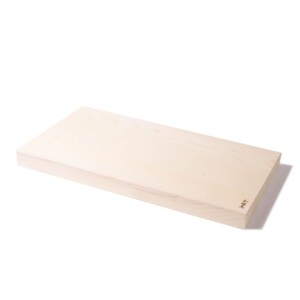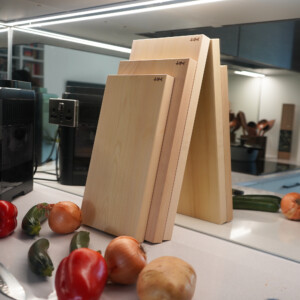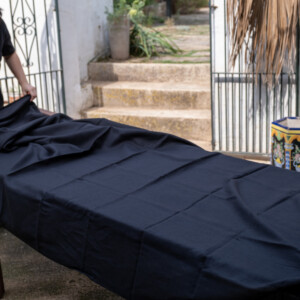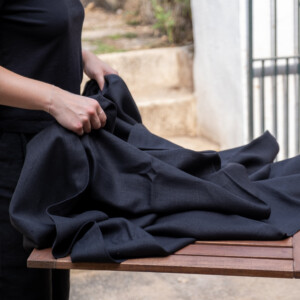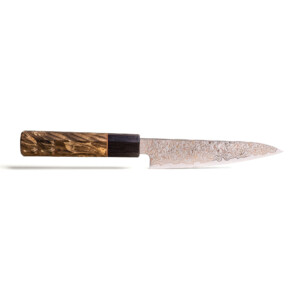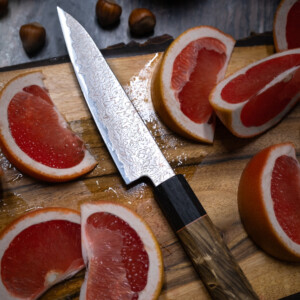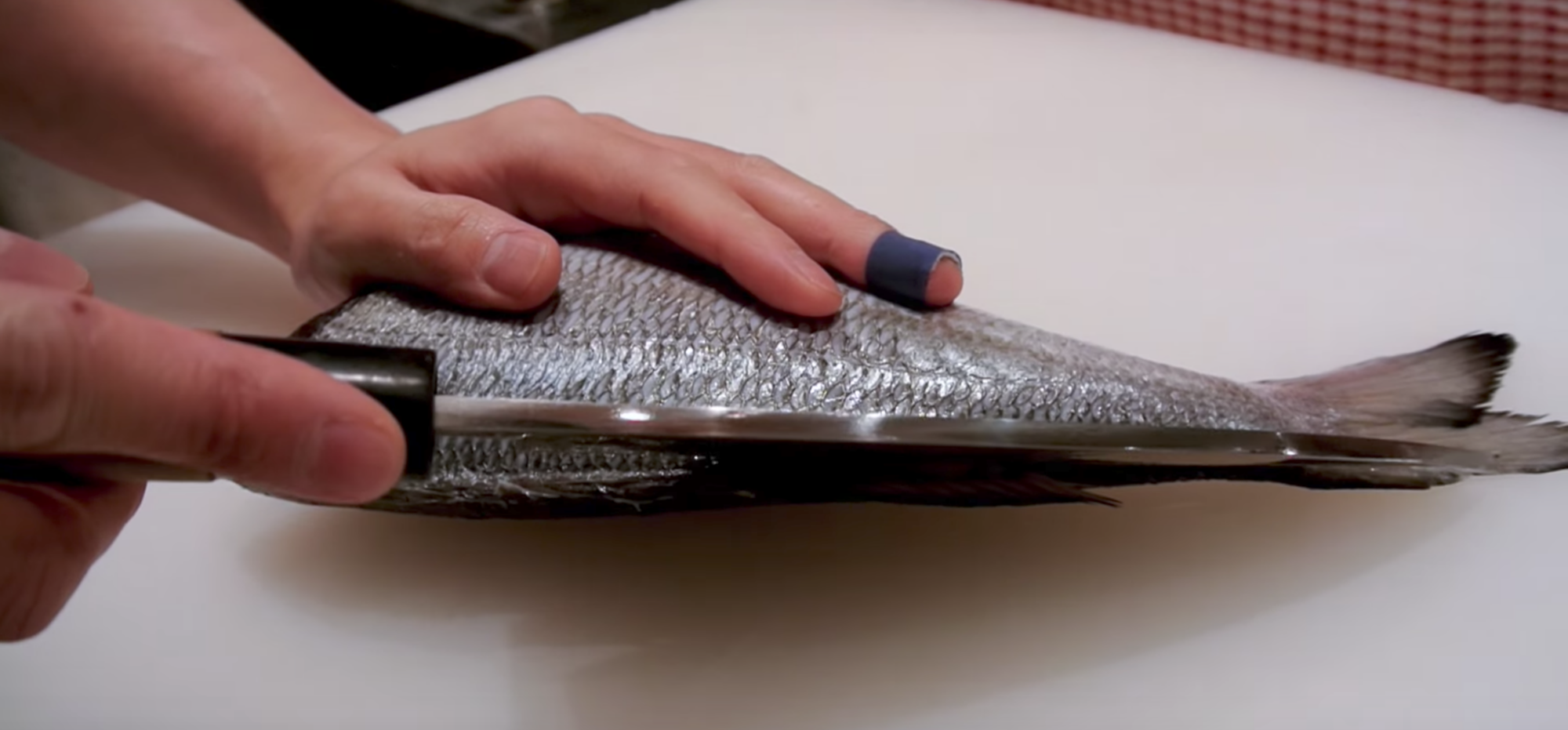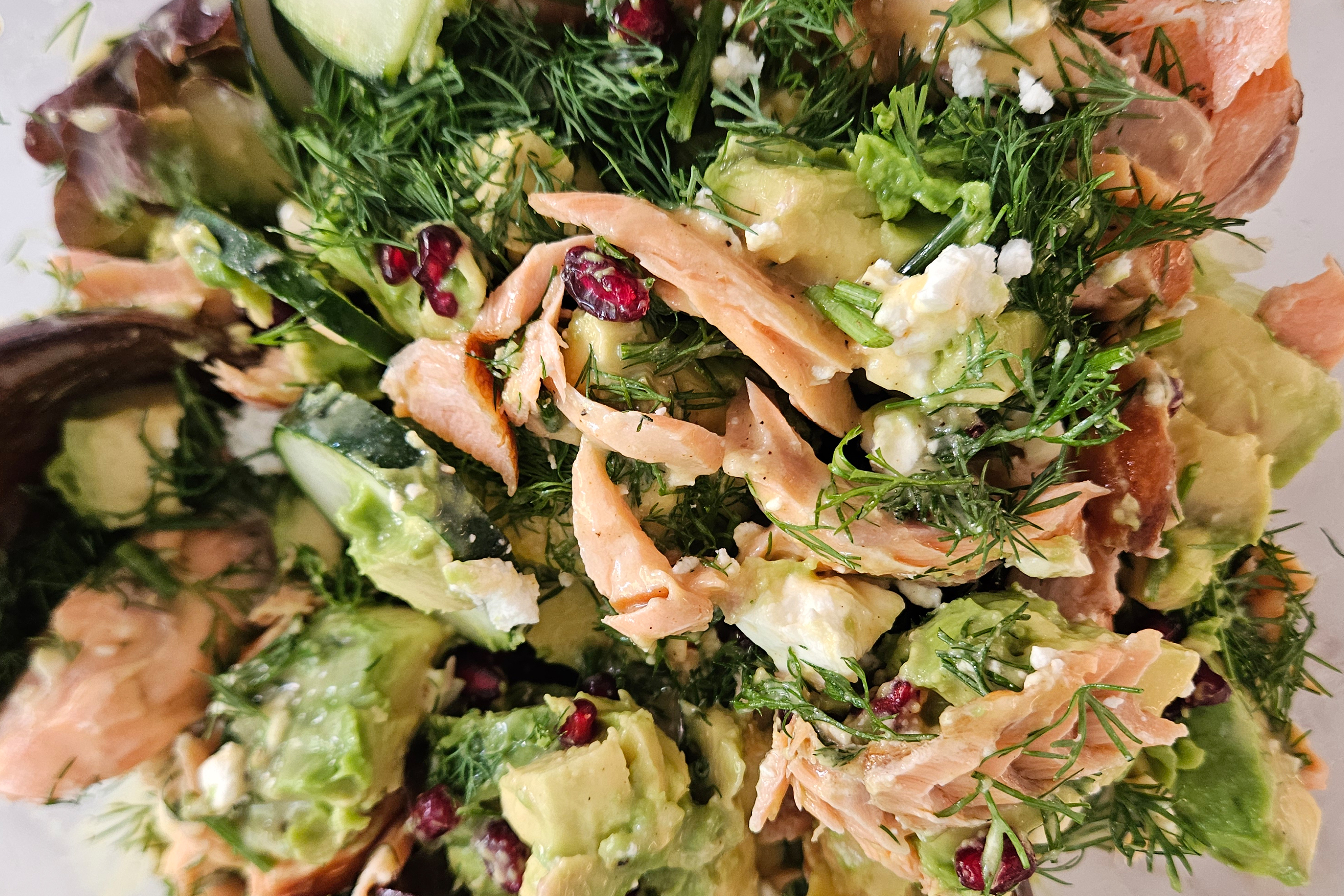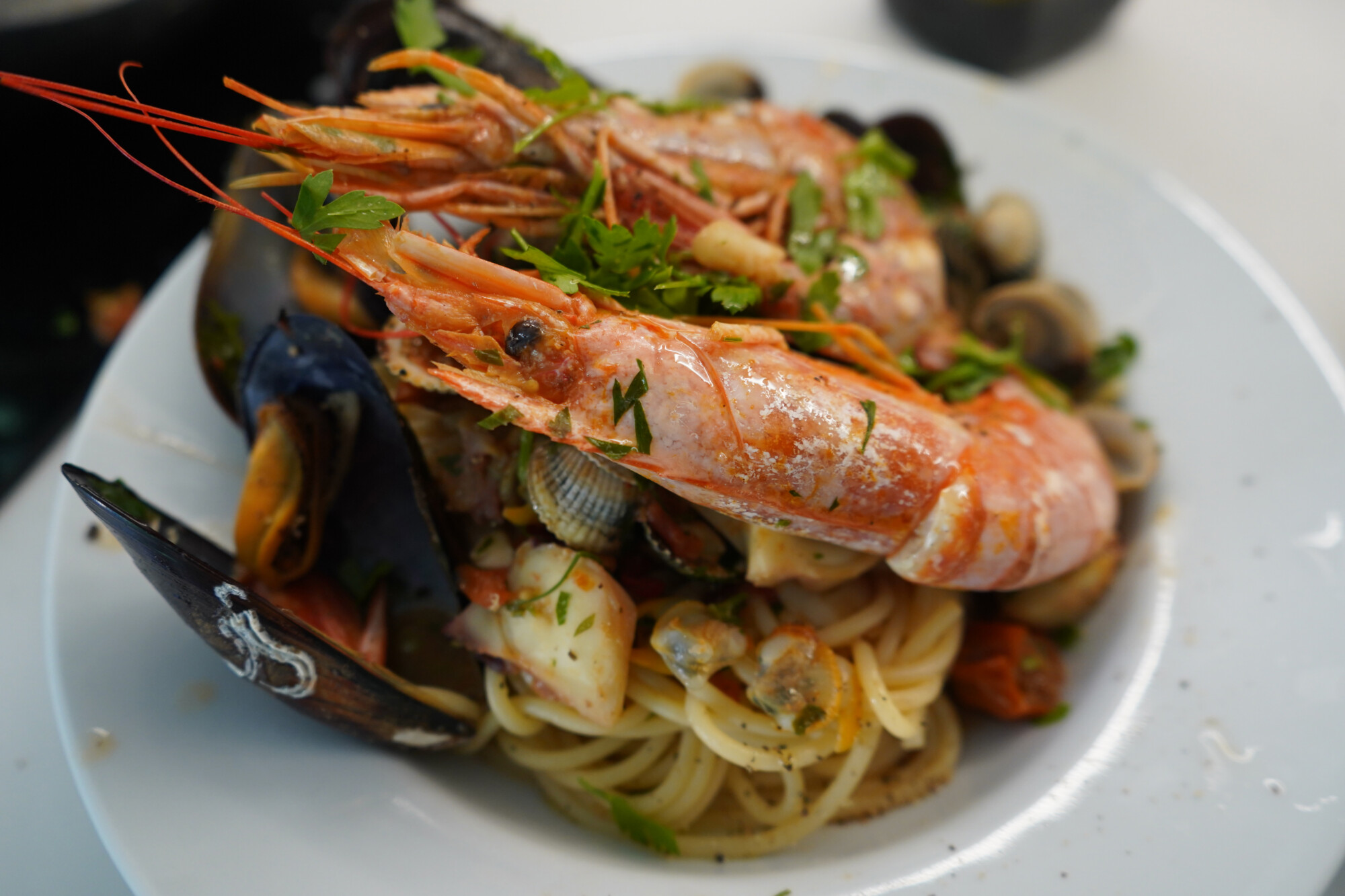Before starting Oishya and getting deeper knowledge in knives, myself and Anna almost never sharpened our knives before they were completely unusable (We know! It’s a deadly sin and a huge danger!). We didn’t really see the importance of it and we were just buying new knives out of magazines’ recommended sets. But then we we discovered, how different cooking experience can be when using sharp high quality knives and maintaining them properly.
Dealing with Japanese blacksmiths taught us few things. One of the most important lesson was to understand that they are really (I mean “REALLY”) proud of their work and will not let anyone treat their blade art as yet another utility product. In order to make a deal with them, we needed to promise that we will always educate our customers in treating their knives with respect and maintaining them at certain level. So we committed ourselves to doing it. Day by day.
Today, we’d like to share with you 10 knife care tips we learned from master blacksmiths that stuck in our mind the most. We hope you will find them useful.
1. Test your knife is with a piece of paper.
If you’re wondering whether you should sharpen your knives—which most of the blacksmiths suggest doing roughly four to five times a year—cutting through a piece of paper is the best way to find out if they really need to be. Of course these numbers will be different for frequent users and occasional foodies, but you should always react when the blade feels blunt.
Holding a knife with one hand and a piece of paper in the other, you can check if the knife wins with paper. Just as a razor that encounters hair splits it easily, a knife should cleanly cut whatever it encounters If your knife slides cleanly, straight through the piece of paper, you can continue using it as it is. If not, then it’s sharpening time.
How to test your knife with this method:
Hold a piece of paper by its edge with your non-dominant hand. With the hand you usually use to hold knives, set the blade of your knife at the top of the piece of paper and press it directly down. Here’s what the resulting cut indicates:
- If the knife cleanly cuts through the paper and barely makes a sound, it’s perfectly honed and sharpened.
- If it cuts the paper, but makes a slight tearing noise as it does, it could use a little honing.
- If your knife won’t cut the paper at all by simply pressing down, cut the paper back and forth in a sawing motion. If this makes a cut, your knife is likely sharp but needs to be honed.
- If the knife won’t cut the paper at all, it needs to be sharpened and honed.
2. Don't worry, it's almost impossible to do irreparable damage to your knife on a whetstone.
Even if you’ve never sharpened a knife and thought it’s a job for professionals, you can do it at home, without the risk of ruining your expensive knife. Don’t wait until your knife is in deplorable state and you can barely cut a tomato. With a few swift correct strokes on the sharpening stone (the blade angled 15-20º with balanced pressure applied in a steady arcing motion) even a total novice is able to have the knife back to working order. Remember, that the most damage you can do is running your knife too flat along the stone and scratching the side, which might bum you out but functionally, your knife will still be fine.
3. If you've never sharpened a knife before, start with a paring knife.
Most masters recommend starting with an 8- to 10-inch paring knife, which will be lighter and smaller and therefore easier to manage than a gyuto / chefs knife. Also, when you’re starting out, try to avoid using knives that have bolsters (the curved, metal part of the knife that joins the blade and handle) which can catch on the whetstone during hand-sharpening. The general rule is: the simpler (and smaller), the better.
4. Honing your knife is as important (if not more!) as sharpening.
Here is a little trick: just because a knife isn’t cutting cleanly doesn’t mean it isn’t sharp; it might just be out of alignment, or the sharp edge is rolled over. The best tool to test whether your knife is “rolled” – which happens when a knife goes over a hard surface, like a serving platter or a pan, bending the sharp edge slightly over to one side—is your thumb.
Slide your thumb along the side of the edge, and you’ll be able to feel the rolled edge, if there is one. To fix a rolled edge, use a honing steel from Japan or Germany.
5. When sharpening, apply more pressure than you think you need.
Don’t be worried that you will break or crack a steel when applying more pressure during sharpening process. A lack of adequate pressure is one of the most common mistakes our blacksmiths see people do when knife sharpening. To make sure you’re applying the correct amount of pressure (four to six pounds for a relatively in-shape knife, eight pounds for an extremely dull blade), press down on a kitchen scale until it reads the correct weight, then apply this same amount of pressure to your knife on the sharpening stone.
6. Whetstones are not one-type-fits-all.
Whetstones (waterstones) come in a number of gradients, or coarseness. Lower grits, around #400, have a more textured surface area and can be used to reshape knives and repair chips—they shave off the most material. Higher grits, like #1000 are best for polishing and basic sharpening—if you’re only going to buy one stone, this would be your best choice. The highest grade stones, around #8000 are used for smoothing and polishing your edge.
When sharpening knives, it’s best to use multiple whetstones (if you can afford buying them), and work up from higher (lower numbers) to lower coarseness (higher numbers), in the same way you might use rough sandpaper to smooth out wood, then slightly finer paper to polish it. Strops, or pieces of leather are also sometimes used (think old-fashioned barbers) to give a very fine polish to a blade’s edge.
7. The angle at which you sharpen your knife matters a lot.
Professional chefs maintaining their knives use specific degrees for sharpening for specific tasks. E.g. if you’re splitting chickens all the time, 20° per side will give you more strength. If you’re cutting cucumbers, go for 10° per side will make it really slick and efficient. But if you’re just starting out, the best would be to keep the angle between 10° to 15°. If you aren’t sure what this looks like, lay your knife on the sharpening stone and place a matchbook under the blade, then remove the matchbook and keep the angle; this is about 15°.
8. Even the lowest quality knives benefit from being sharpened and honed.
Remember that movie where a guy bought a Chinese knife in $1 store and sharpened it to a razor-state?
Yes, you can do it with almost any knife, even a low-quality one. You want that low-quality knife to be the highest quality it can be. It’s extremely important to care for you’re knives—no matter if you have a £500 knife or a £30 knife.
9. Good cutting technique is essential for knife maintenance.
Every blacksmith will fell in despair if he sees you running his blade across the board sideways. This can roll the edge and make it duller faster. When chopping on a cutting board, be careful not to use your knife to slide the thing you are chopping into a pile, or to use your knife to brush it off into a pan. You can use your hands to do that.
10. Use magnetic racks
Typically a 12″ (300mm) knife rack will hold 5 chef knives, the 18″ (450mm) rack will hold 7-8 and the 22″ 10-12 knives.
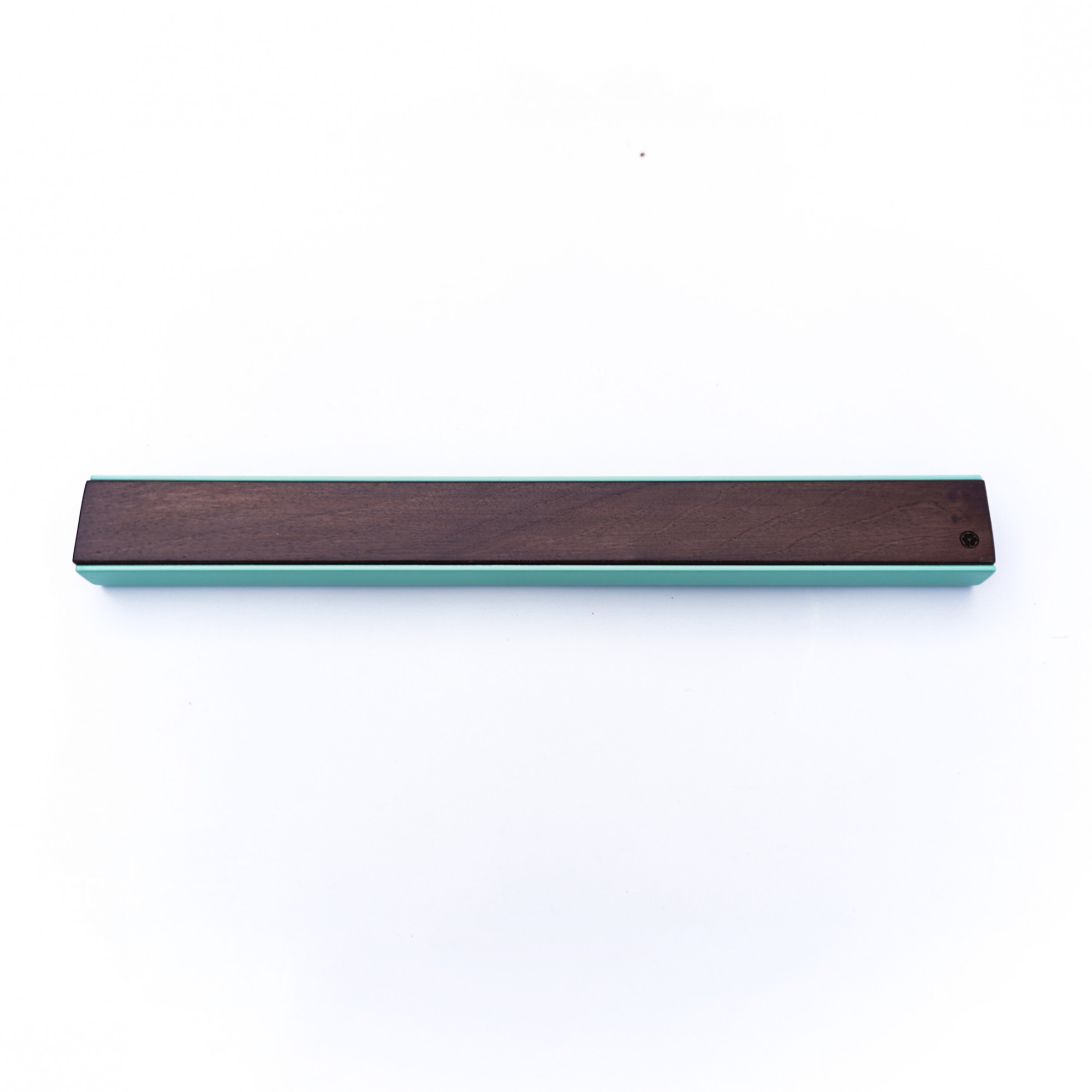
This is the safest and cleanest way of storing your beloved knives. The secret of these blocks is the hidden magnets buried in the wood. The clever bit about using wood is that unlike metal magnetic racks it protects the blade from chipping or scratching, metal on metal is a no no.

